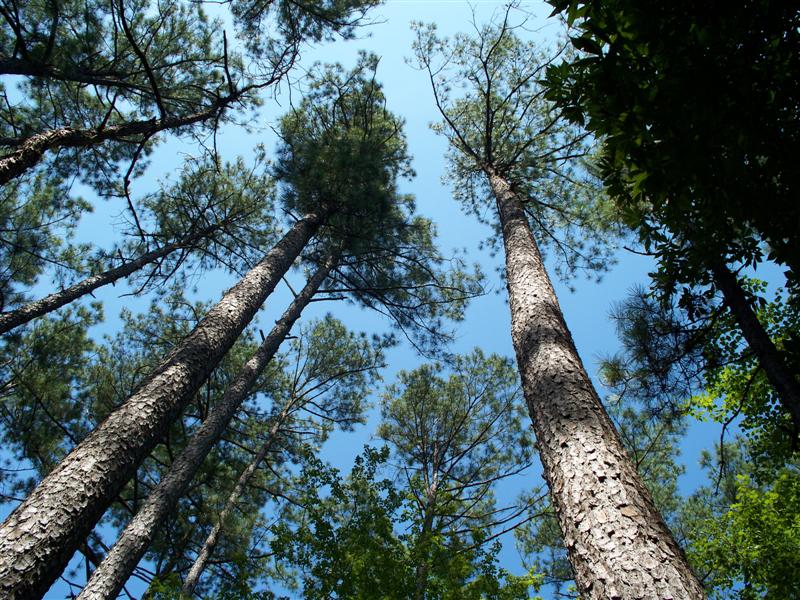Some folks can’t see the forest for the trees. But in Mississippi, we are well aware of the fact that without the trees, there would be no forest.
According to the Mississippi State University Forestry Extension Service:
Mississippi is a heavily forested state with 18.6 million acres of forestland (62% of the state’s land area). The total economic impact of forestry and the forest products industry is $14.8 billion. Almost 66 percent of the state’s forestland is owned by private, nonindustrial forest landowners.
Over 125,000 private landowners own land that is used in timber production and almost 200,000 people are employed around the state in jobs related to the timber industry.
Beverley Kreul wrote an article for FarmFlavor.com entitled “Mississippi Forest Landowners Harvest and Regrow Timber” that included a great graphic that details the production cycle that foresters live by:

Tony Howe wrote “Growth of the Lumber Industry, (1840 to 1930)” for Mississippi History Now and in it he detailed how forestry in Mississippi grew to become a huge economic factor in the state:
Then several important developments in the late 1800s made possible the growth of the lumber industry in the state. By the 1850s, Mississippi sawmills began to replace less efficient reciprocal saws, which cut up and down, with the circular saw. Dry kilns, developed in the 1870s and 1880s, made it possible for mills to process long-leaf yellow pine for ever-expanding markets. In addition, the increased use of the crosscut saw replaced the more labor-intensive method of cutting trees by ax. Furthermore, with the exhaustion of timber supplies in the North and East, experienced loggers moved to Mississippi to build sawmills. Many local people became operators of large sawmills, some producing as much as 300,000 board feet of lumber per day. All of these factors led to the building of larger sawmills that produced lumber at phenomenal rates.
Here are a few more facts about the Mississippi Timber Industry from the MSU Forestry Extension Services:
- About 65 percent of Mississippi’s land is in forest. This is about 19.6 million acres according to the latest forest survey taken in 2006.
- The value of Mississippi’s timber harvest has exceeded $1 billion each year since 1993 and reached an all-time record of 1.45 billion in 2005.
- Mississippi’s forest products industry consists of four major sectors:
- Solid Wood Products which includes pine and hardwood lumber, plywood, poles, oriented strand board, and other “composite” forest products.
- Pulp and Paper which includes fine writing papers, “liner-board” used for cardboard boxes, tissue and absorbent papers, and market pulp.
- Wood furniture and related products which consists mostly of upholstered wood furniture such as couches, love seats, and recliners.
- Timber harvesting which includes the harvesting and transportation sector.
- According to a 2008 study by James Henderson and Ian Munn of MSU:
- The total industry output of Mississippi’s forest products industry generates an economic impact of nearly $17.4 billion annually.
- The forest products industry accounts for $7.1 billion annually in value added economic impact for the state.
- The Mississippi forest products industry contributes to 8.3% of all jobs in Mississippi. An estimated 123,659 full or part-time jobs have their “roots” in Mississippi’s forest products industry. (This total includes direct, indirect, and induced employment).
- In terms of wages and salaries paid annually, Mississippi’s forest products industry generates a statewide economic impact of $4.4 billion.
- In 2007, Mississippi’s forest landowners, mostly private, non-industry owners, collected $630.8 million for their standing timber sold that year.



